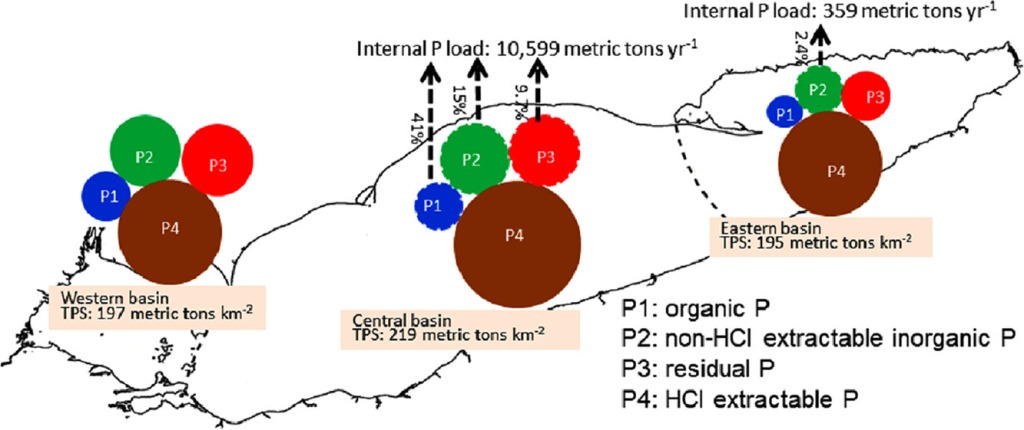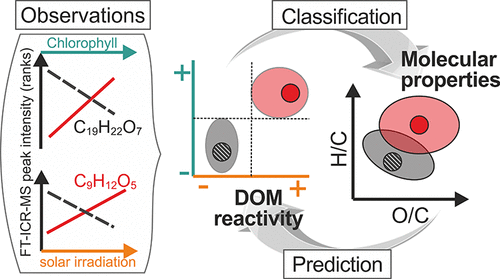The Aquatic Intermittency effects on Microbiomes in Streams (AIMS) team is seeking enthusiastic, qualified, diverse applicants for 11 graduate student positions across seven different institutions. Students will join a collaborative team of scientists focused on understanding the role of microbiomes and stream intermittency in controlling downstream water quality in the Mountain West, Great Plains, and Southeastern Forest ecosystems. All students will take a cross-institutional Team Science and Collaboration course in their first year, receive support for data science instructor training through The Carpentries Foundation, have opportunities to mentor undergraduate research projects, and will work with an amazing team of scientists (see below). Dr. Amy Burgin at the University of Kansas is the overall contact point for the project; if you have questions about the benefits of working on the AIMS project or how the project will be coordinated, please feel free to contact her at burginam@ku.edu. AIMS is funded by an NSF-EPSCoR Track 2 Collaborative grant, a press release also provides additional details. If interested in joining AIMS, email the contact person listed at a given institution. Please include your CV and short introduction to your research experience and interests.
Institution: University of Kansas, Lawrence, Kansas; 2 Positions
Mentors & Contact:
Position 1: Dr. Erin Seybold (erinseybold@ku.edu) and Dr. Amy Burgin (burginam@ku.edu; please include both accounts on inquiry emails),
Position 2: Dr. Sam Zipper (samzipper@ku.edu)
Master’s/Ph.D. or either: Ph.D. preferred, Master’s considered
Academic Unit(s): Ecology & Evolutionary Biology OR Geology
Application Deadline: EEB: 1 Dec 2020; GEO: Rolling Admissions
Application components: Both: 3 Letters of Recommendation, Personal Statement(s), CV, Transcripts; Geology requires GRE but no minimum score; TOEFL for international students
Skills/Interests/Experience:
· Position 1 (biogeochem focus): biogeochemistry, ecosystem ecology, sensor experience/field methods
· Position 2 (hydro focus): hydrogeology, hydrology, field methods
Website for more info: EEB: https://eeb.ku.edu/how-apply
Geo: https://geo.ku.edu/graduate-admissions
Institution: Kansas State University, Manhattan, KS
Mentor & Contact: Dr. Lydia Zeglin (lzeglin@ksu.edu)
Master’s/Ph.D. or either: Either
Academic Unit(s): Biology
Application Deadline: 15 Dec 2020
Application components: Personal Statement, 3 Letters of Recommendation, Transcripts, Application Fee, TOEFL for international students
Skills/Interests/Experience: Molecular Microbial Ecology
Website for more info: https://www.k-state.edu/biology/grad/application.html
Institution: University of Oklahoma, Norman, Oklahoma; 1 Position
Mentor & Contact: Dr. Daniel Allen (dcallen@ou.edu)
Master’s/Ph.D. or either: Either
Academic Unit(s): Biology
Application Deadline: 1 Dec 2020
Application components: 3 Letters of Recommendation, Personal Statement, CV, Transcripts; unofficial TOEFL iBT or IELTS exam scores for applicants whose native language is not English.
Skills/Interests/Experience: Stream ecology, Macrosystems ecology, Ecology of aquatic insects/benthic macroinvertebrates, DNA metabarcoding, Biological data science
Website for more info: www.allenlab.org/join, https://www.ou.edu/cas/biology/graduate-studies/apply,
Institution: Idaho State University, Pocatello, ID; 3 positions
Mentors & Contact: Dr. Sarah Godsey godsey@isu.edu), Dr. Rebecca Hale (halereb3@isu.edu), Dr. Kathleen Lohse (klohse@isu.edu)
Master’s/Ph.D. or either: Either
Academic Unit(s): Geosciences OR Biological Sciences
Application Deadline: January 15th, 2021
Application components: Both: 3 Letters of Recommendation, Personal Statement, CV, Transcripts; GRE*; TOEFL for international students
Skills/Interests/Experience: hydrology, sensor experience, data science, biogeochemistry, ecosystem ecology, MS preferred
Website for more info: Geosciences: https://www.isu.edu/geosciences/graduate/
Biological Sciences*: https://www.isu.edu/biology/degree-programs/graduate-degrees/
(*due to testing availability, the Bio subject GRE requirement is waived this year for PhD applicants; inquire about GEO GRE if accessing testing is an issue)
Institution: University of Alabama, Tuscaloosa, Alabama; 2 Positions
Mentors & Contact: Dr. Nate Jones (cnjones7@ua.edu), Dr. Jon Benstead (jbenstead@ua.edu)
Master’s/Ph.D. or either: Ph.D.
Academic Unit(s): Department of Biological Sciences
Application Deadline: 10 Dec 2020
Application components: Both: 3 Letters of Recommendation, Personal Statement(s), CV, Transcripts; TOEFL for international students
Skills/Interests/Experience: hydrology, biogeochemistry, and stream ecosystem ecology
Website for more info: https://bsc.ua.edu/degree-programs/graduate-program-overview/how-to-apply/
Institution: University of Mississippi, Oxford, MS; 1 Position
Mentor & Contact: Dr. Colin Jackson (cjackson@olemiss.edu)
Master’s/Ph.D. or either: Ph.D.
Academic Unit(s): Department of Biology
Application Deadline: 1 Feb 2021
Application components: Application, Statement of Purpose, 2 Letters of Recommendation, Transcripts, GRE, TOEFL or IELTS for international students
Skills/Interests/Experience: Microbial Ecology
Website for more info: https://biology.olemiss.edu/graduate/
Institution: University of Southern Mississippi, Hattiesburg, Mississippi; 1 Position
Mentor & Contact: Dr. Kevin A. Kuehn (kevin.kuehn@usm.edu)
Master’s/Ph.D. or either: Ph.D.
Academic Unit(s): Biological, Environmental, and Earth Sciences (BEES)
Application Deadline: Fall admission – February 15th, Spring admission – October 15th Application components: 3 Letters of Recommendation, Personal Statement, CV, Transcripts, and scores from the verbal and quantitative tests of the Graduate Record Examination (GRE), and TOEFL for international students.
Skills/Interest/Experience: A Master’s degree in biology, microbiology, ecology, or closely related field is required. Applicants having prior experience in molecular techniques for determining microbial community structure would be considered a plus.
Websites for more information:
Kevin A. Kuehn: (http://www.usm.edu/faculty-directory/profile.php?id=1936667)
BEES: https://www.usm.edu/graduate-programs/biological-sciences.php
USM: https://www.usm.edu/graduate-admissions/index.php



